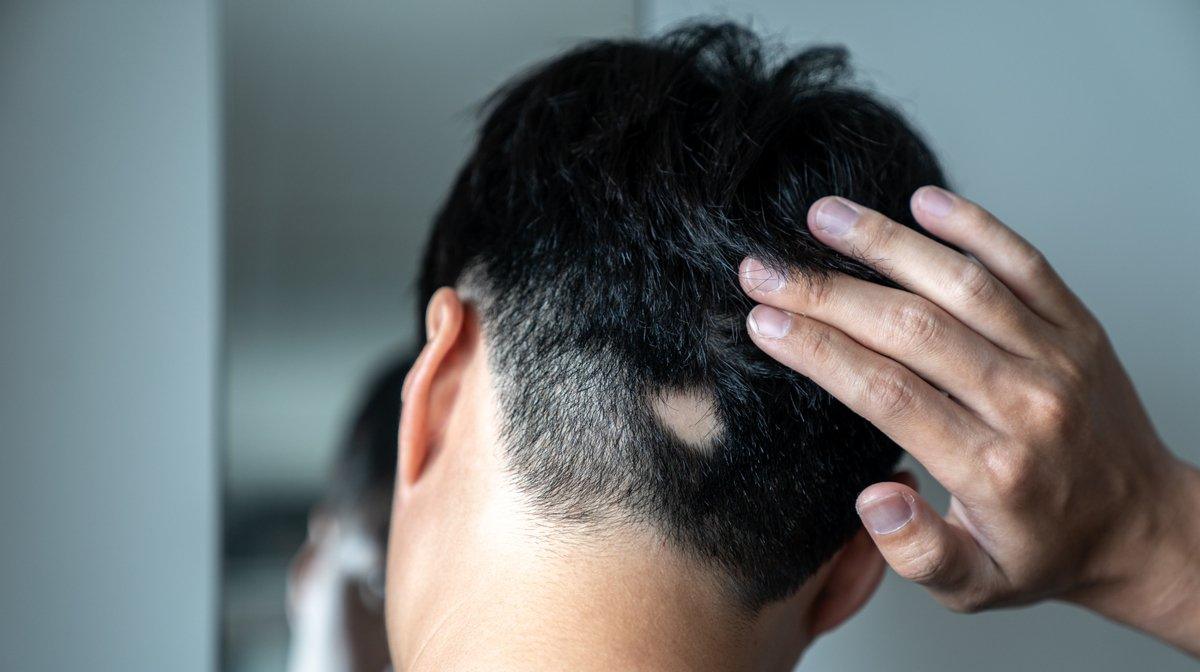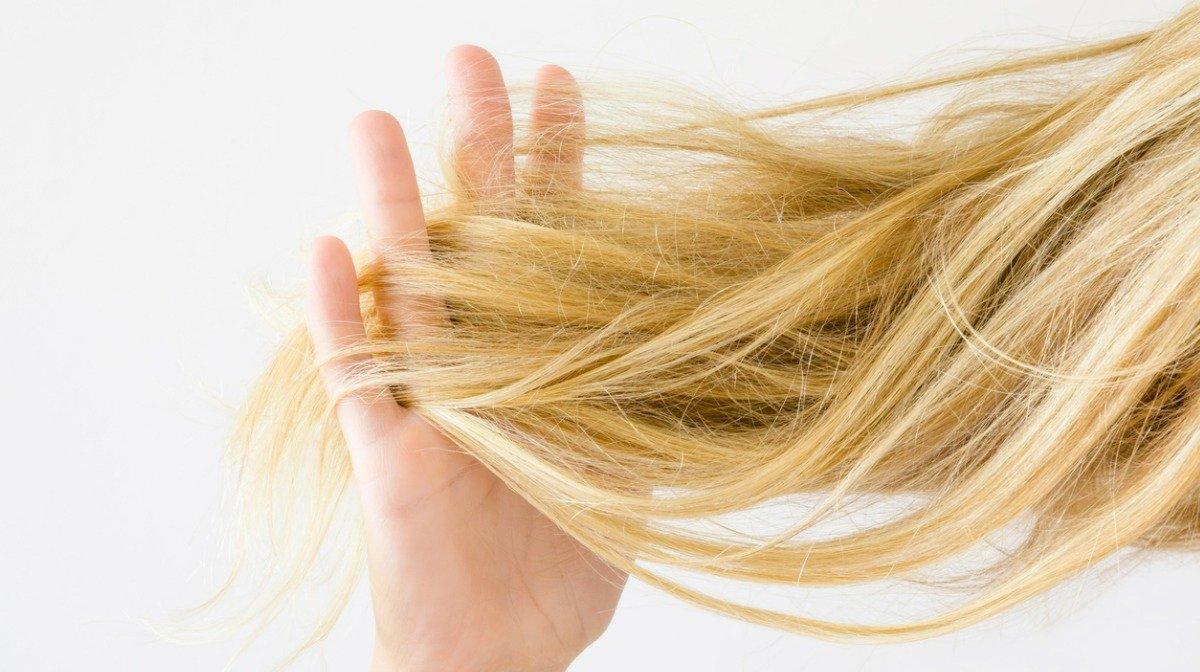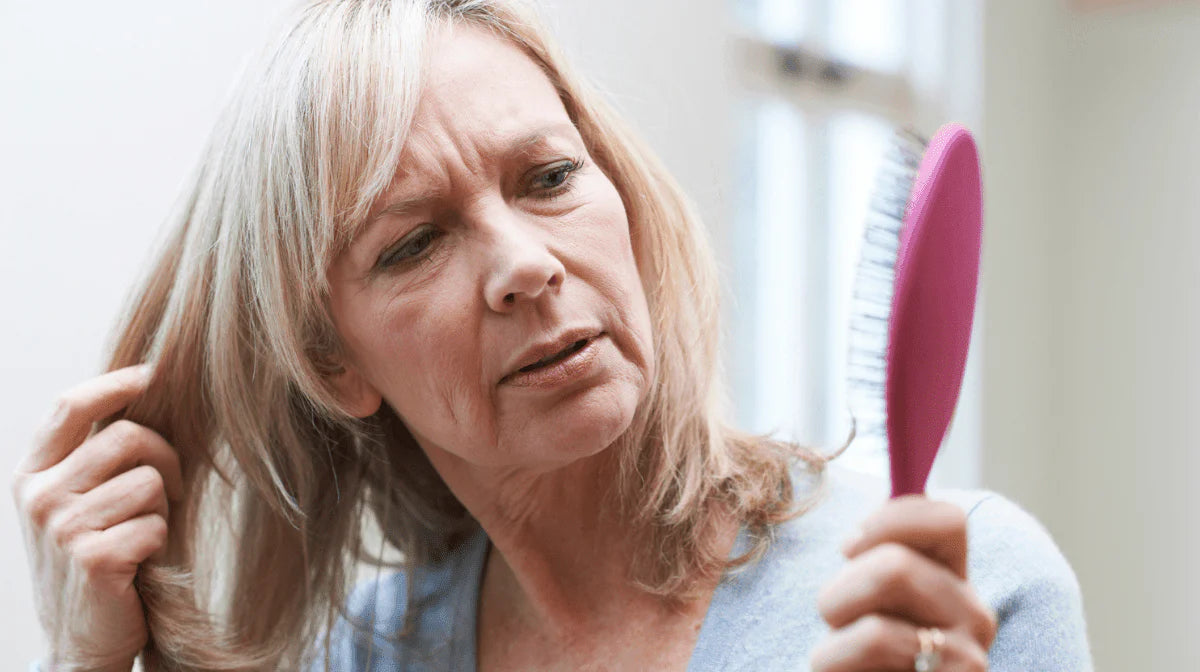
What Is Alopecia Areata?
Alopecia areata is a form of alopecia, a medical condition that causes baldness in women and men. However, unlike other types of alopecia (androgenic alopecia or traumatic alopecia), alopecia areata often results in bald patches all over the body, not just the scalp.
Causes of Alopecia Areata
Did you know that alopecia areata is one of the most common causes of hair loss in women and men? Also known as ‘spot baldness’, it’s one of the leading reasons for bald patches.
While experts haven’t fully determined the causes of alopecia areata yet, stress, illness, grief and shock are all thought to be contributing factors.
Alopecia areata is also more common in people who suffer from other autoimmune conditions, like Addison’s disease, celiac disease, diabetes mellitus, eczema, lupus, thyroid disease, and vitiligo, to name but a few.
Symptoms of Alopecia Areata
One of the main symptoms of alopecia areata to look out for is patchy hair. These bald patches are typically round and the size of a coin, but they can sometimes be larger.
They’re usually surrounded by ‘exclamation mark’ hairs, a type of hair that’s thicker at the top and thinner towards the roots. Despite being compared to ‘exclamation marks’, though, these hairs are very understated and can’t be seen by the naked eye. You’ll most likely need a doctor or a specialist trichologist to identify them. The number of ‘exclamation mark’ hairs will indicate how widespread the alopecia areata is.
The good news is that it’s rare for alopecia areata to result in complete hair loss (alopecia totalis) or body hair loss (alopecia universalis).
Early Symptoms of Alopecia Areata
Though hair loss in women and men is one of the main symptoms of alopecia areata, there are other symptoms to look out for.
- Itching, tingling, or a burning sensation around the follicle can be an early indicator to start seeking alopecia areata treatment as soon as possible.
- Brittleness and pitting in your fingernails (these resemble the dimples on a sewing machine) include other early symptoms of alopecia areata.
Alopecia Areata Treatment
In nearly half of all cases, alopecia areata resolves itself within a year. It can take longer, though, and we understand how distressing the waiting period can be. So, why not explore other alopecia areata treatment options in the meantime?
- Corticosteroid injections
- Steroids
- Stress Management/Psychotherapy
- Topical Corticosteroids
- Ultra-violet Rays

The best thing to do is educate yourself on the causes of alopecia areata and identify and remove potential triggers as soon as possible. This will help limit the damage to your hair.
If you’re worried or uncertain, speak to your GP or a specialist trichologist. They should be able to recommend the right alopecia areata treatment plan for you.













